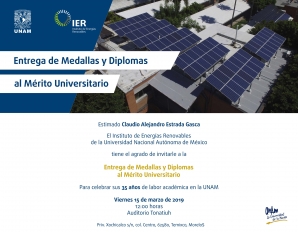Alfonso Encinas‐Vázquez, Javier Alan Quezada‐Renteria, Francisco J Cervantes, Carlos A Pérez‐Rábago, Francisco E Molina‐Freaner, Aurora M Pat‐Espadas, Claudio A Estrada
Abstract
The synthesis gas or hydrogen‐rich gas, at longer residence times and higher temperatures, is frequently the target of pyrolysis biomass. Biochars obtained at such conditions contain less functional groups but they are more effective for longer‐term soil C storage. The aim of this study was to elucidate the adsorption mechanisms and the effect of the ageing process on high‐temperature biochar towards lead adsorption. The biochars under study were produced from the pyrolysis of almond wood and olive tree pruning.
The almond hardwood biochar was the most susceptible to the oxidation process. This biochar exhibited higher carbon loss than the olive biochar, 22.07% and 11.76%, respectively. The adsorption process was better described by the Langmuir model and pseudo‐second order kinetics. The maximum adsorption capacity decreased from 40.3 to 24.8 mg g–1 after the oxidation process for almond‐derived biochar and remained unchanged for the olive‐biochar. Analyses demonstrated that 67% of the adsorbed Pb2+ was removed through complexation by oxygen functionalities and phosphorous compounds. After the oxidation process, this fraction accounted for only 45% of the adsorbed Pb2+, ion exchange and cation‐π being the most prominent mechanisms for the adsorption.
Unraveling the mechanisms of lead adsorption and ageing process on high‐temperature biochar

